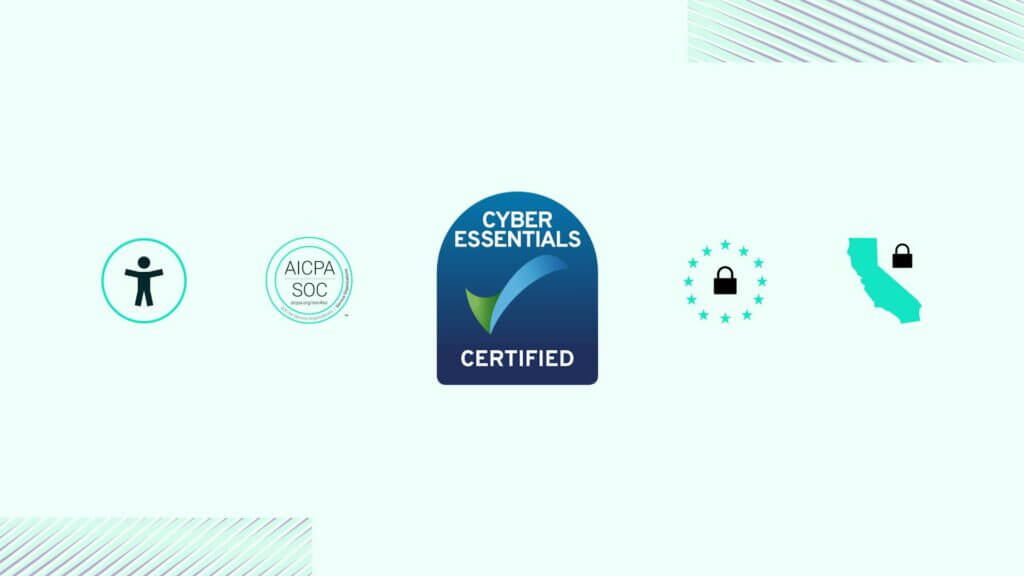Blog Post
Veriff’s customer identity and access management arms companies with safe, secure, and scaleable onboarding
Innovative and seamless C-IAM ensures the security of both the business and the customers.

Remote onboarding is vital as more businesses move to digital-forward models, and Veriff’s array of products create the most seamless Customer Identity and Access Management process. Veriff ensures a smooth UX for honest users and a fraud engine that detects, prevents, and adapts to fraudsters in real-time. It’s fast, accurate, and ensures customer satisfaction while keeping businesses safe, and complying with regulatory requirements.
Our best-in-class C-IAM system integrates into businesses enrollment and authentication protocols. Veriff utilizes identity verification for user onboarding and identification to comply with KYC and AML regulations. Veriff’s Face Match is also used for user authentication which allows for passwordless access and improves security of high-value transactions.
Veriff provides the best tools to support user management for both businesses and their customers, while keeping all parties safe. Veriff does this by employing:
- Automated biometrics-based identity verification
- Seamless, AI-guided user experience
- Data validation and enhanced document tampering detection
- Seamless credential reset with Face Match
- Global reach, covering 12,000+ documents and 39 languages
“Remote onboarding has gone from highly valued to a necessity over the last few years,” said Ibrahim Al-Taie, Product Marketing Manager at Veriff. “With COVID-19 and all of the need for safe, secure, and scalable remote onboarding, businesses need a partner that can ensure trust and comply with regulations. Veriff ensures safe transactions and happy customers with seamless UX and best-in-class identity verification.”
To learn more about Veriff’s new offering, please visit us here.














